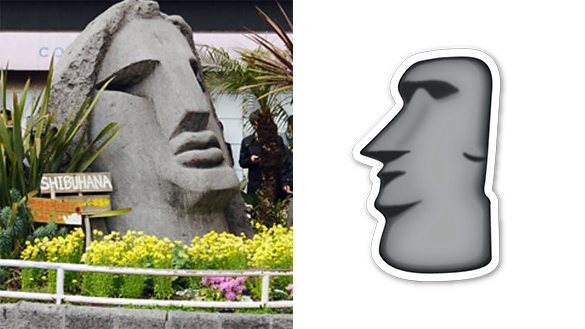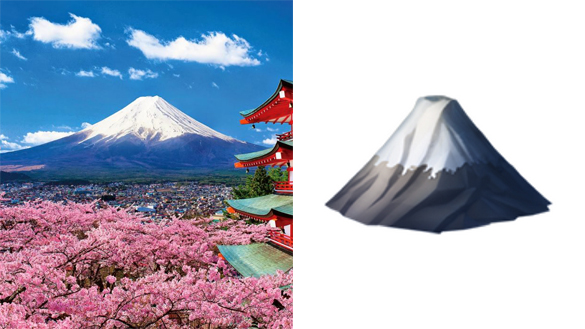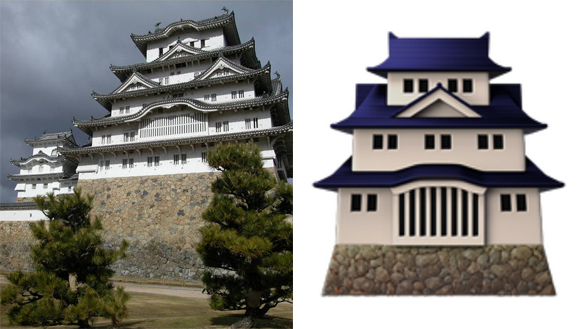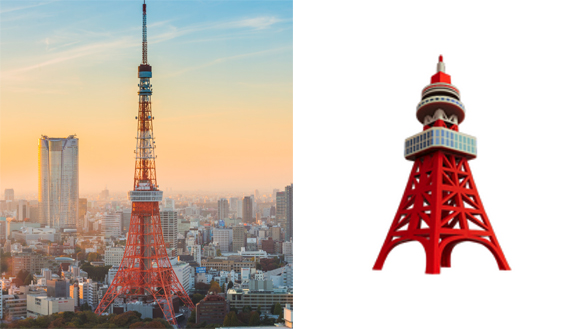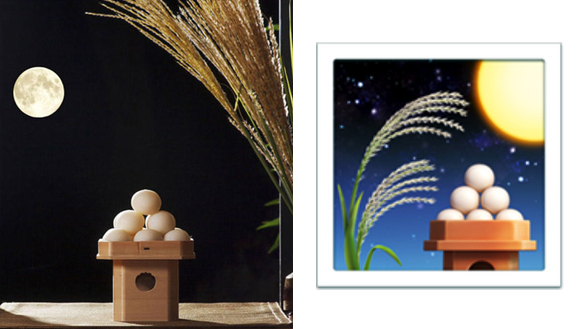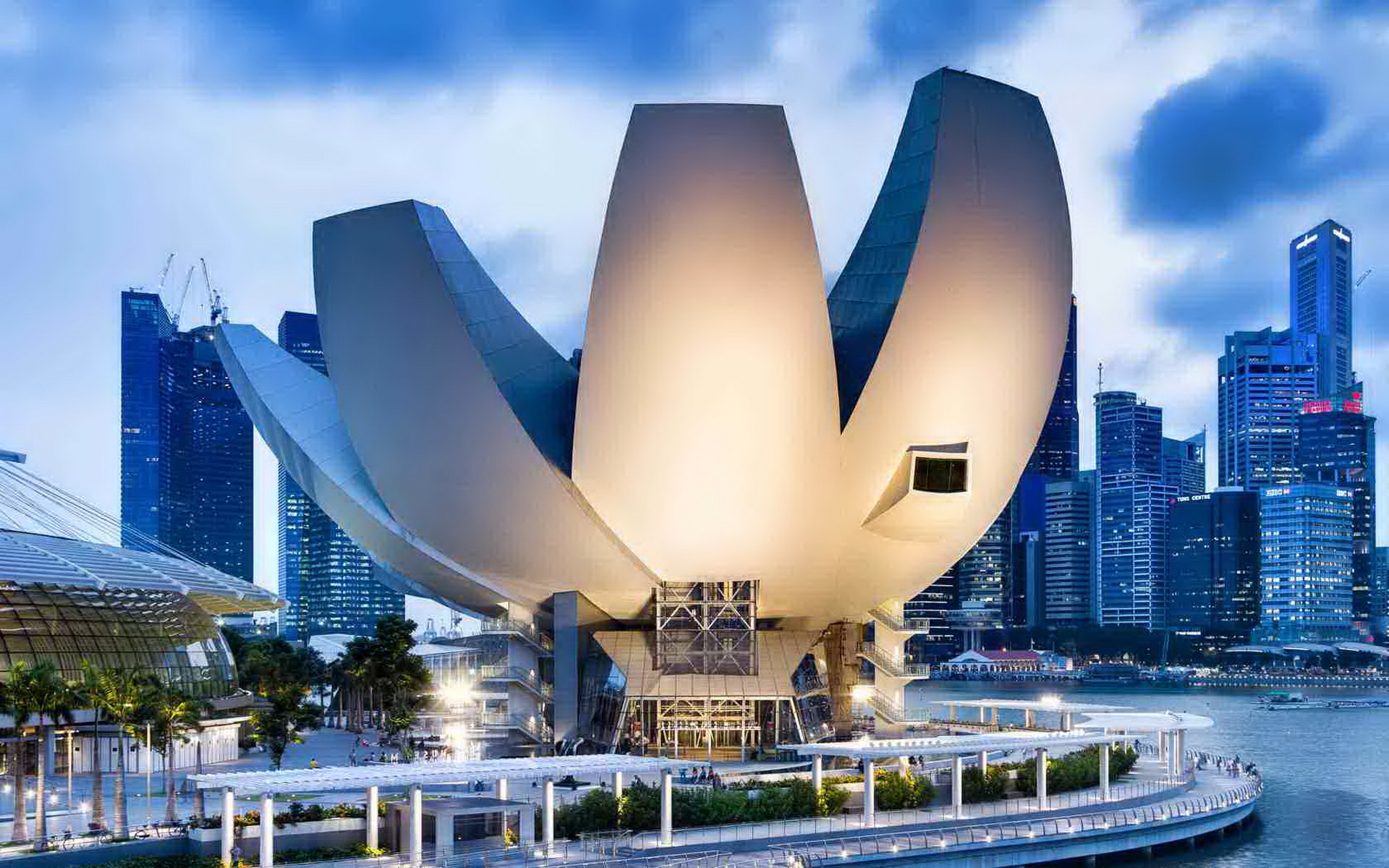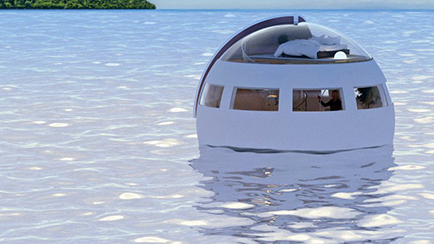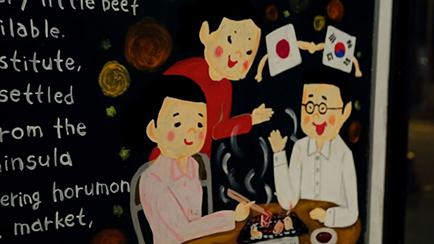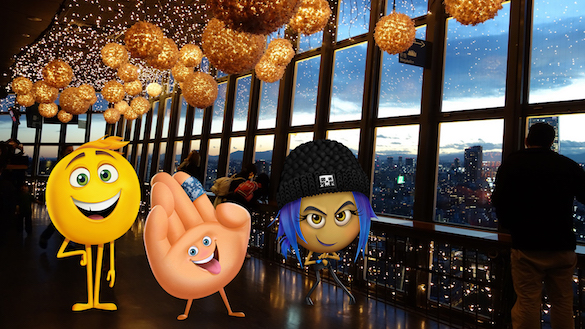
#The Lowdown
Did you know that "emoji" comes from Japanese meaning "picture character"? In fact, those little smiley faces and tiny bowls of food we've come to rely on when we're texting all our friends actually originated in Japan in the 90's; some of the emoticons actually have corresponding, real life locations in Asia.
Now that 'smiley-face', 'high-five' and 'meh-face' are taking their own wild "app-venture" in the new blockbuster, The Emoji Movie, it's high time we hit the road and find the actual Japanese landmarks represented by some of our favorite pictograms. Click through and travel across Japan with a few of our favorite tiny icons.

